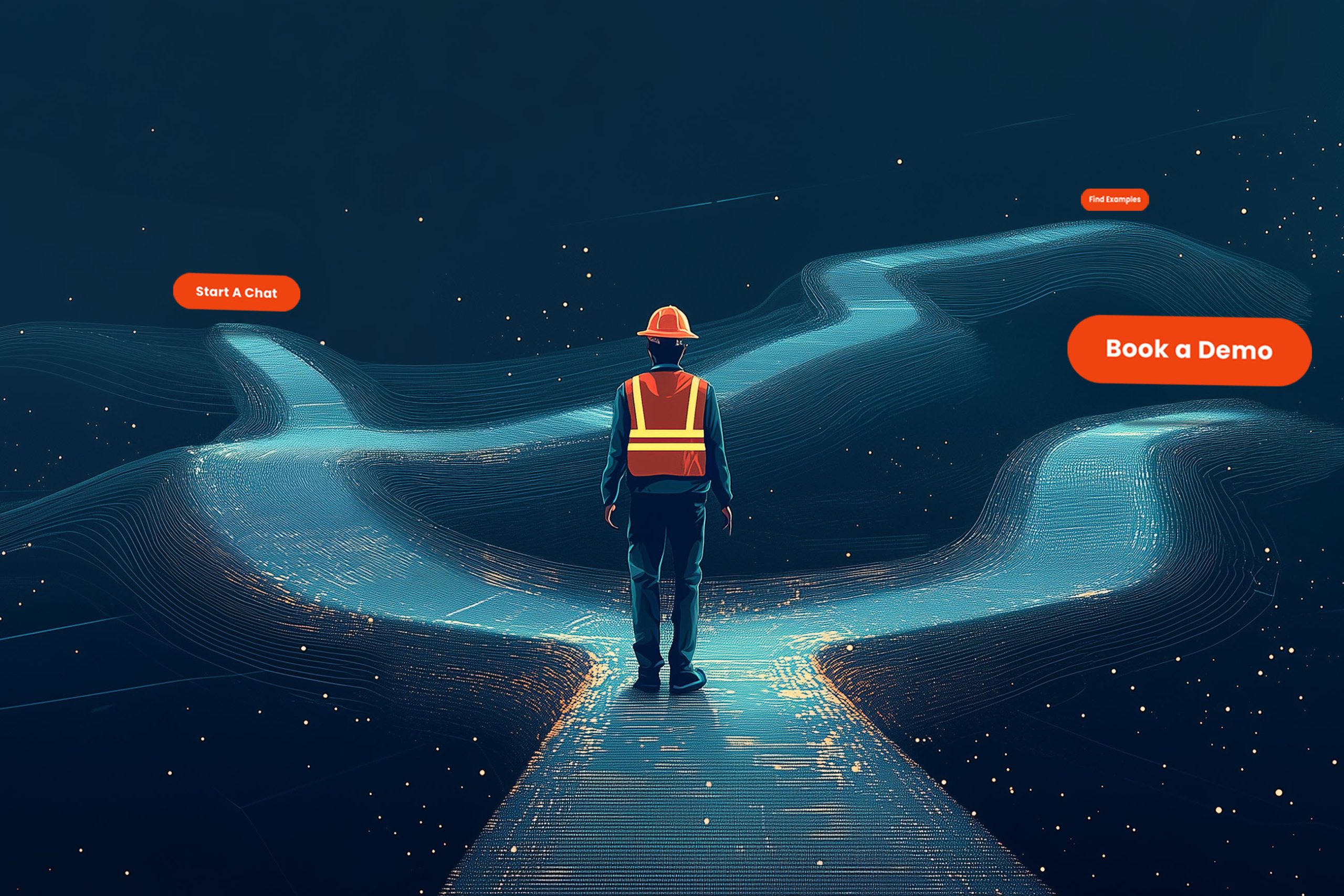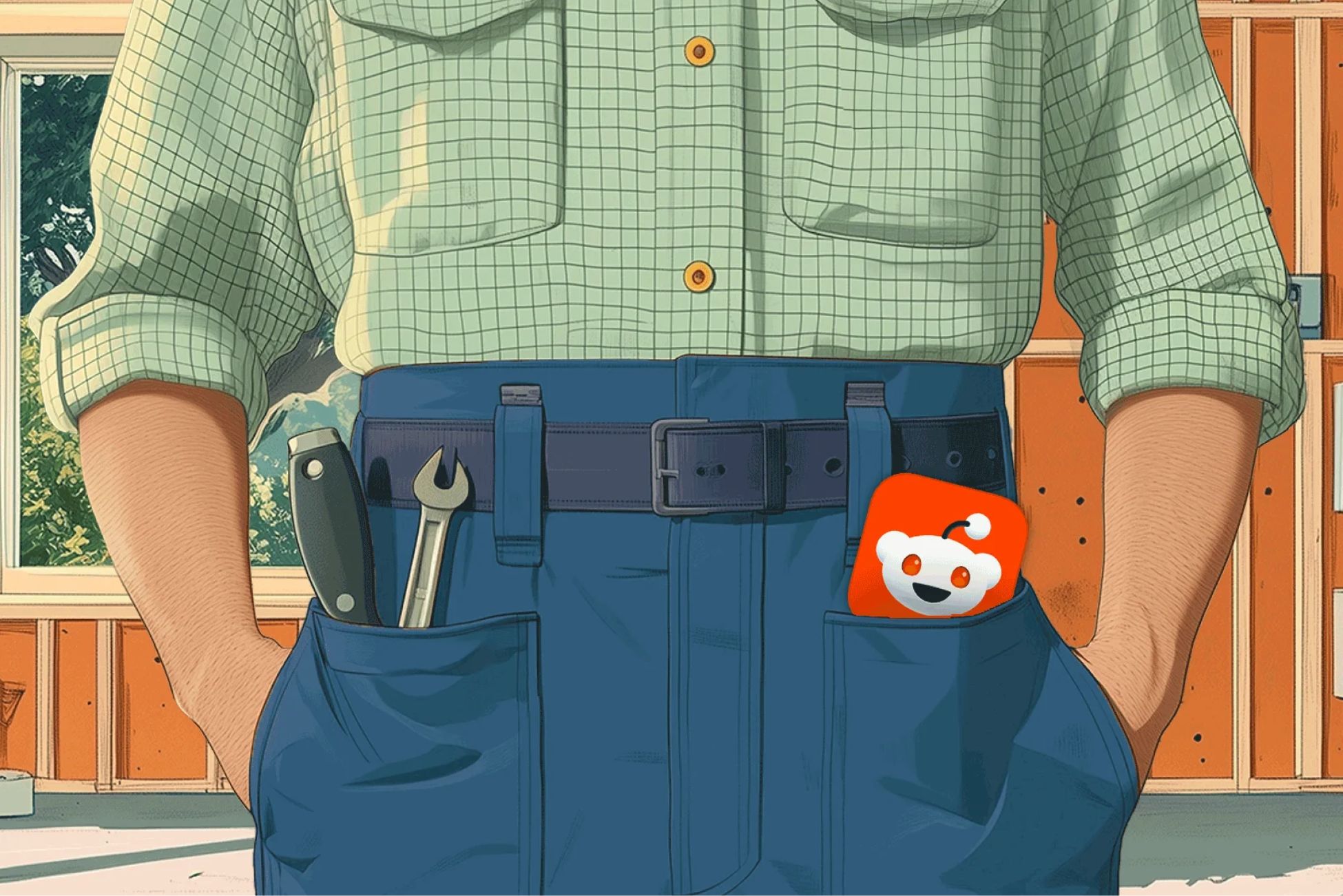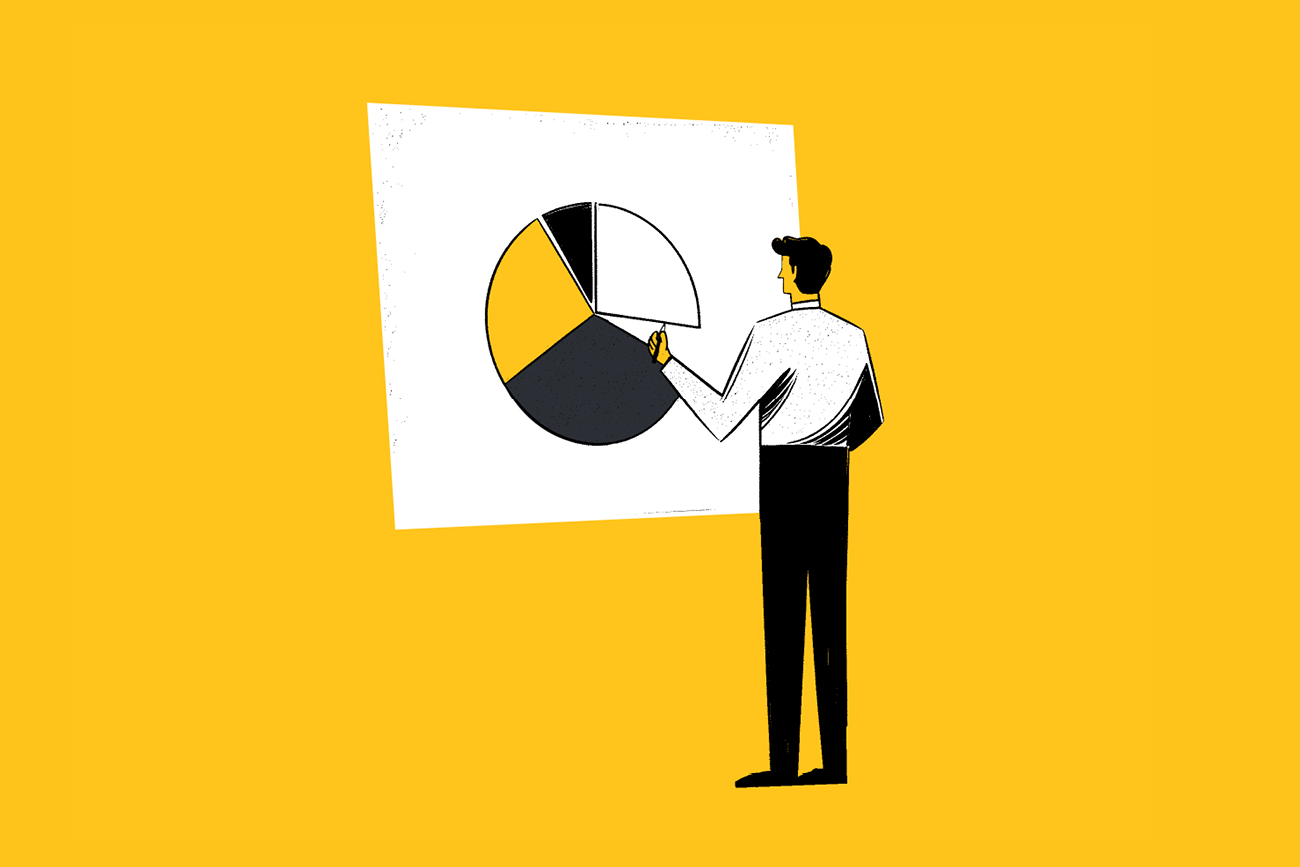Logo design and the case for AI optimism

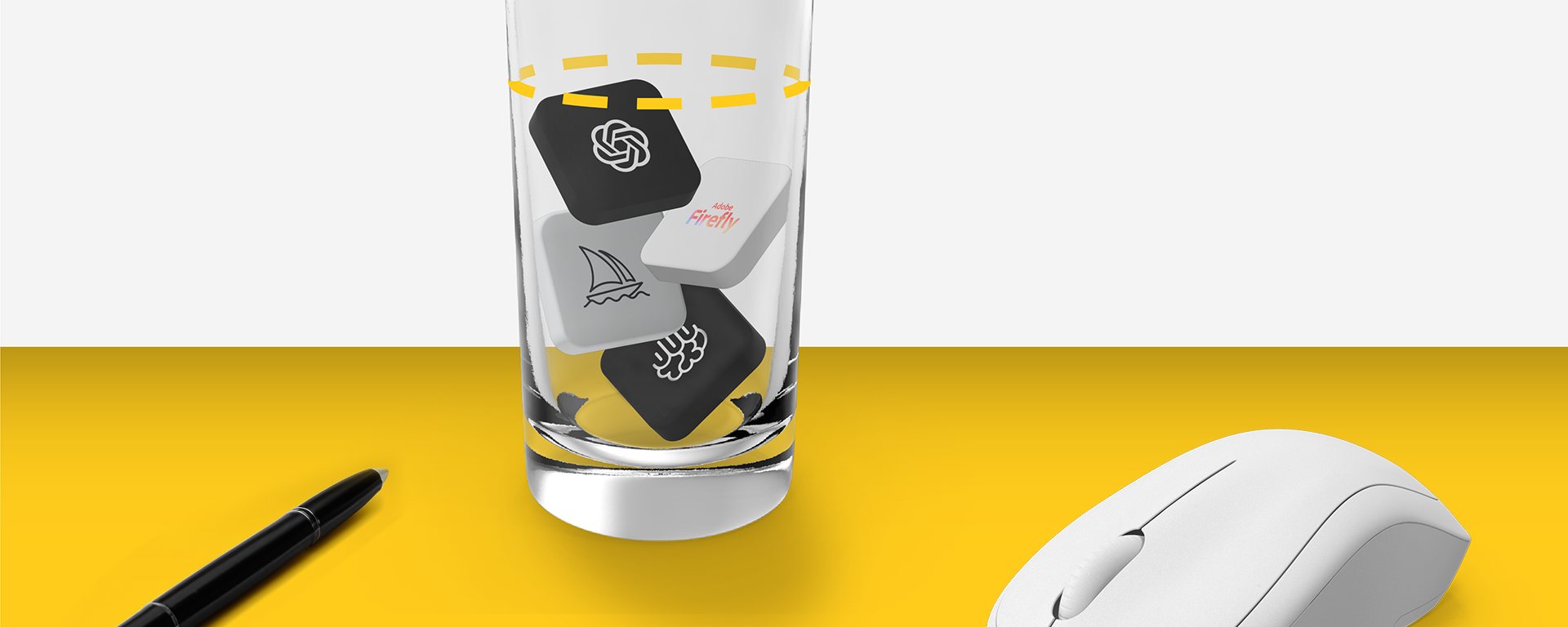
There’s a chance you’re reading this after clicking on a post in LinkedIn. If that is the case, please accept my apology for adding more AI-related content to your feed. In 2023, AI seems to be equal parts “all anyone can talk about” and “the herald of doom.” I’d like to make my case for AI being something else entirely: a cause for optimism that we should talk and worry about a little bit less.
As someone in the marketing field, I first want to acknowledge what so few in my field are willing to: “AI” is becoming a marketing term. Synthetic consciousness remains elusive and images from AI tools like Midjourney, DALL-E, and Adobe Firefly are not androids painting electric sheep from their dreams. But like all effective marketing, perception has become reality and the “AI revolution” is causing a lot of anxiety. The Writers Guild strikes have brought significant media attention to writing and copy, but anxieties flourish around art and design as well.
Much of the worry has been around professional displacement, an understandable fear based on the toll automation has been permitted to take on the industrial sector. The umbrella term “AI” is being used for a lot of developments, and regulation is certainly needed to ensure safeguards around livelihoods, intellectual property, and more. For logo and identity design, however, while I try to evaluate industry developments from a place between cynicism and naivety, I have to confess a watchful sense of optimism.
Is AI disruptive to design?
Absolutely. But whether the results of that disruption are positive or negative depends on how we integrate it into our organizations. If an organization plans on replacing teams of designers with a single outsourced AI technician, they will reap what they sow. But assuming organizations want to keep up in the market (or better yet, stand out and excel), AI opens up exhilarating possibilities for their creative teams.
A recent example here at Simon/Myers comes to mind. A client’s logo design kickoff had been delayed by an extended name selection process, but the final artwork production deadline remained immovable. Our team saw an opportunity to use AI to produce more options, quickly.
Using Midjourney, our team crafted meticulous prompts that contained key characteristics of the brand persona, the company’s product offering, the target audience, and the styles of some of history’s best late designers. The results were not logos. The results could never pass for logos. The results were hundreds of images of wildly disparate composition and quality.
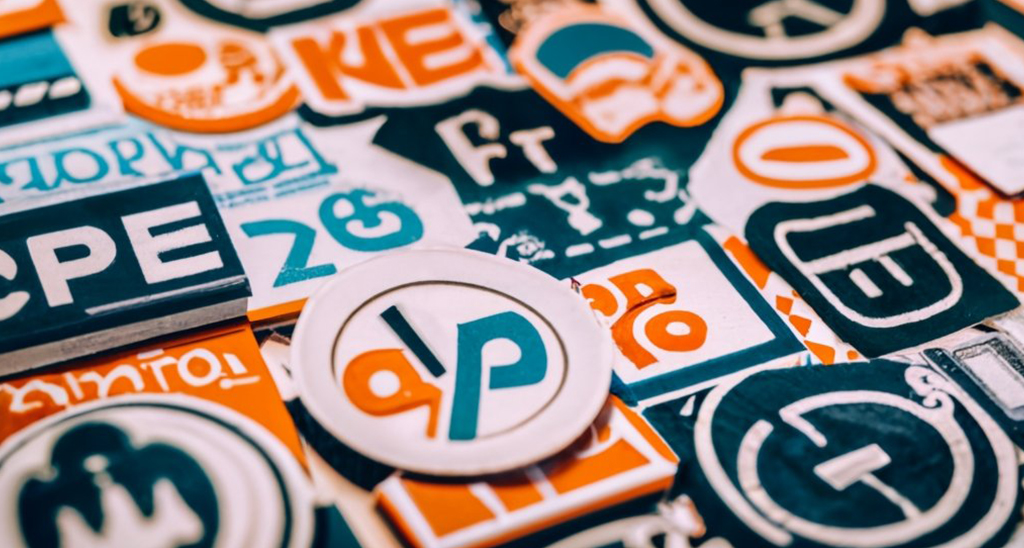
While thoroughly unusable as deliverables, these images were immensely helpful to our creative team as inspiration. Rather than digging through our office banks of inspiration or through imagery online, Midjourney took all of the elements we’d be seeking out and combined them in abstract and unexpected ways. What started as a solution to a time crunch became a new avenue for creativity. AI brought fresh thinking to the very beginning of this logo’s creative process, a process that still fully required a human being’s discernment, taste, and skill to produce.
The fear and hype around AI-generated imagery miss what those in the trades have known for centuries: no creative department will survive if it replaces creatives with AI, just as no plumber will stay in business by firing employees to buy an endoscope. Furthermore, if in-house creative teams start leaning on AI, the work of creative agencies prioritizing the spark and soul of human creativity will become more important than ever.
When used as a tool by creative people, I have seen that AI can bring exhilarating and inventive new ideas to light, elevating the quality of designs to unprecedented new heights. If used as a stand-in for the designer, however, the result is the opposite - incomplete, incoherent, soulless outputs.
Call me an optimist, but I think the former is a lot more likely than the latter.
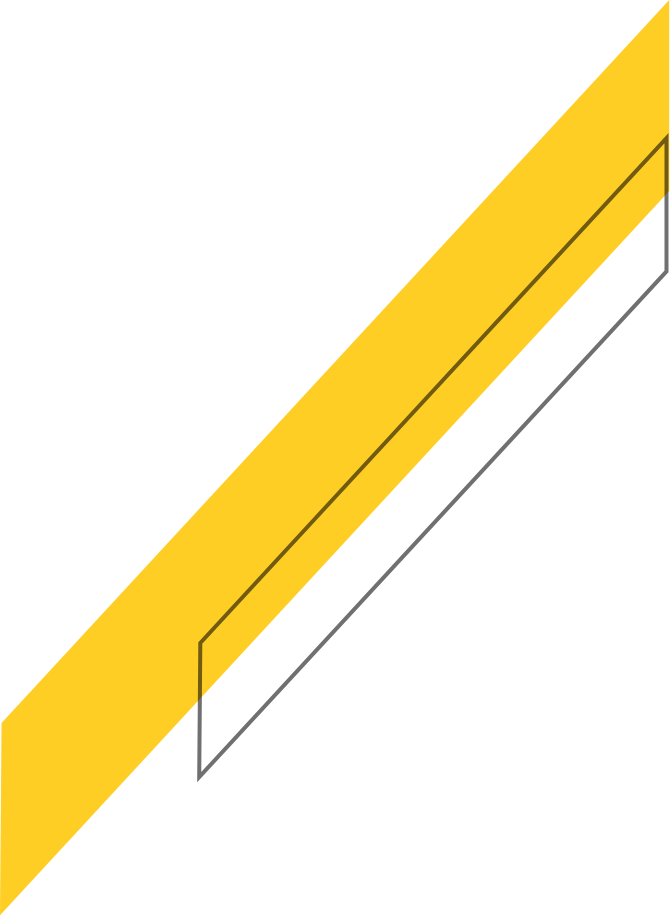
Subscribe for
more Slant
This site is protected by reCAPTCHA and the Google Privacy Policy and Terms of Service apply.



